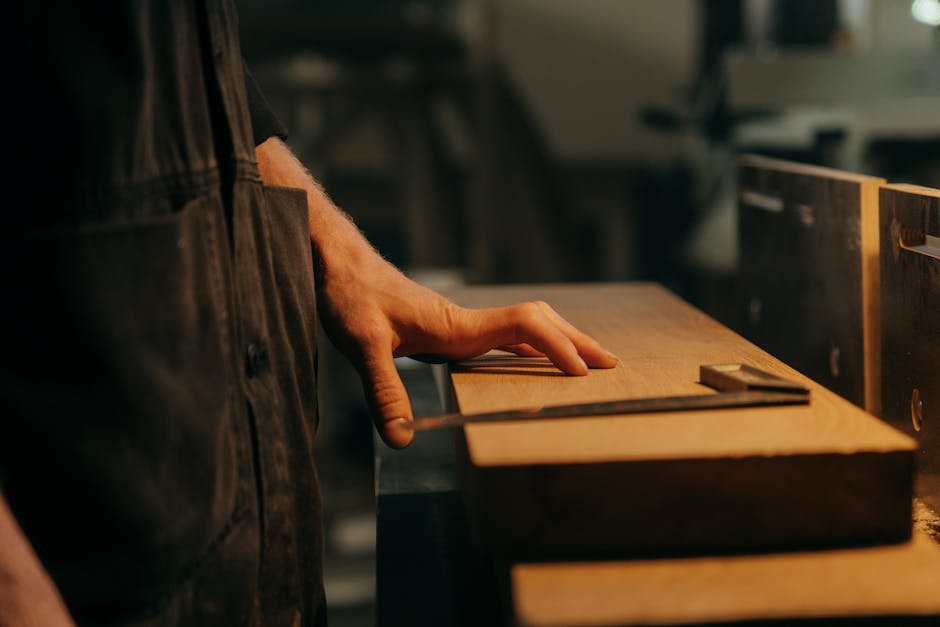Sustainable Manufacturing: A Competitive Advantage
Did you know that companies that embrace sustainable manufacturing can save up to 20% on operating costs? As our planet faces serious environmental challenges, businesses are finding that going green isn’t just good for the Earthit’s also good for business. This article explores how sustainable manufacturing can give companies a competitive edge.
What is Sustainable Manufacturing?

Sustainable manufacturing involves creating products in ways that minimize waste and reduce energy use. It’s about balancing profit with social responsibility and environmental stewardship. Imagine a factory that produces goods while using less water and energy, recycling materials, and ensuring fair labor practices. that’s sustainable manufacturing in action!
Why Should Businesses Care?

Every business wants to thrive. But how can sustainability play a role in this? Here are a few compelling reasons:
- Cost Savings: By using resources more efficiently, companies can cut costs.
- Brand Loyalty: Consumers prefer brands that care about the environment.
- Regulatory Compliance: Staying ahead of regulations can prevent future costs.
- Access to New Markets: Some markets prioritize sustainable products.
These factors can directly impact a companys bottom line. But what does this look like in practice?
How Can Companies Implement Sustainable Practices?

Integrating sustainability into manufacturing might seem daunting. Here’s a step-by-step guide:
1. Assess Current Practices
First, evaluate your current manufacturing processes. Look at waste levels, energy consumption, and sourcing methods. Are there obvious areas for improvement? Gathering this data is crucial.
2. Set Clear Goals
Once you understand your current impact, set specific sustainability goals. These could include:
- Reducing energy use by 15% over the next two years.
- Using 30% recycled materials in production.
- Aiming for zero waste in the manufacturing process.
Goals keep the process focused and measurable.
3. Invest in Technology
Technology can play a vital role in sustainable manufacturing. For example, using energy-efficient machinery can lower energy consumption. Automation can streamline processes, reducing waste. Consider investing in:
- Renewable energy sources like solar and wind.
- Smart sensors to monitor energy use.
- Advanced recycling technologies.
4. Engage Employees
Involve your workforce in the sustainability journey. Employees can share ideas and drive change from within. Regular training sessions keep everyone informed about sustainable practices. This fosters a culture of sustainability.
What Are Some Real-World Examples?

Many companies have successfully integrated sustainable practices. Here are a few highlights:
Patagonia
This outdoor clothing brand is a pioneer in sustainability. Patagonia uses recycled materials and encourages customers to repair their items instead of buying new ones. Their Worn Wear program promotes reuse and reduces waste.
Tesla
Tesla is revolutionizing the automotive industry with electric vehicles. By focusing on renewable energy and ethical sourcing of materials, they aim to create a sustainable future for transportation.
IKEA
IKEA has committed to using sustainable materials by 2030. They focus on reducing packaging waste and promoting recycling. Their approach shows how large retailers can make a significant impact.
What About the Costs?
Adopting sustainable practices may come with upfront costs. But the long-term savings often outweigh these initial investments. Studies show that companies investing in sustainability report higher profits over time.
How Does Sustainability Affect Consumers?
Today’s consumers are more eco-conscious than ever. In a recent survey, 75% of shoppers indicated they would switch to a brand that is more environmentally friendly. This trend offers a clear competitive advantage for companies that prioritize sustainability.
Common Misconceptions About Sustainable Manufacturing
As businesses explore sustainable options, misconceptions can arise. Let’s tackle a few:
Myth 1: Sustainable Manufacturing is Too Expensive
Many believe that going green requires a hefty investment. While initial costs can be higher, the long-term savings often compensate for this. Energy-efficient practices can drastically reduce utility bills.
Myth 2: Sustainability Compromises Quality
Some think that eco-friendly products are of lower quality. In reality, sustainable practices often lead to better quality products. Companies focus on using high-quality materials and processes.
Myth 3: Sustainability is Just a Trend
While greenwashing exists, true sustainable practices are here to stay. As environmental issues grow, sustainability will become a standard expectation, not just an option.
what’s Next for Sustainable Manufacturing?
The future looks bright for sustainable manufacturers. With advancements in technology and growing consumer awareness, companies will continue to evolve. Expect to see more innovation in materials, methods, and practices.
Actionable Takeaways
If you’re considering sustainable manufacturing, here are a few steps to get started:
- Conduct a sustainability audit to assess your operations.
- Engage with your employees for ideas and feedback.
- Invest in energy-efficient technologies.
- Set measurable sustainability goals and track your progress.
Embracing sustainability gives brands a powerful tool for growth. As you prioritize eco-friendly practices, youll not only do good for the planet but also create a business that thrives.
For more insights on sustainable business practices, check out this article on [Sustainable Business Strategies](https://www.example.com). It offers practical tips for companies looking to make a difference.
In conclusion, sustainable manufacturing is not just a buzzword. it’s a competitive advantage that can drive profitability, enhance brand loyalty, and contribute to a healthier planet. By taking steps toward sustainability, businesses can build a brighter future for everyone.



